Even though electric vehicles are supposed to be better for the environment, this isn’t always the case. This comes after one Tesla semi truck crashed in Northern California, which caused the battery to catch on fire.
This, in turn, released toxic fumes throughout the Golden State. Due to the dangers of the battery fire, firefighters had to wait for it to cool down before treating it, and many are wondering how the crash happened in the first place.
Interstate 80 Was Closed

Due to the crash and the fire that resulted from it, Interstate 80 had to be closed in both directions. At 3:15 a.m., the Tesla semi truck crashed into trees that were just off the shoulder of the road.
The only good news to come from this crash is that the driver of the truck was able to walk away from it. However, they did have to be taken to a hospital to be checked over and treated for any injuries obtained from the crash.
The Battery Burned at 1,000 Degrees

When it was burning, the battery’s temperature reached extreme heights. Firefighters realized it was over 1,000 degrees Fahrenheit and had to use thousands of gallons of water to try to cool it down.
Ultimately, they had to wait for the Tesla semi truck lithium-ion batteries to die, burn themselves out and cool down to at least 100 degrees before they could do anything. This was because they were worried about the dangers of inhaling toxic fumes if they tried to intervene when the temperature was too high.
The Water Would Collect Toxins
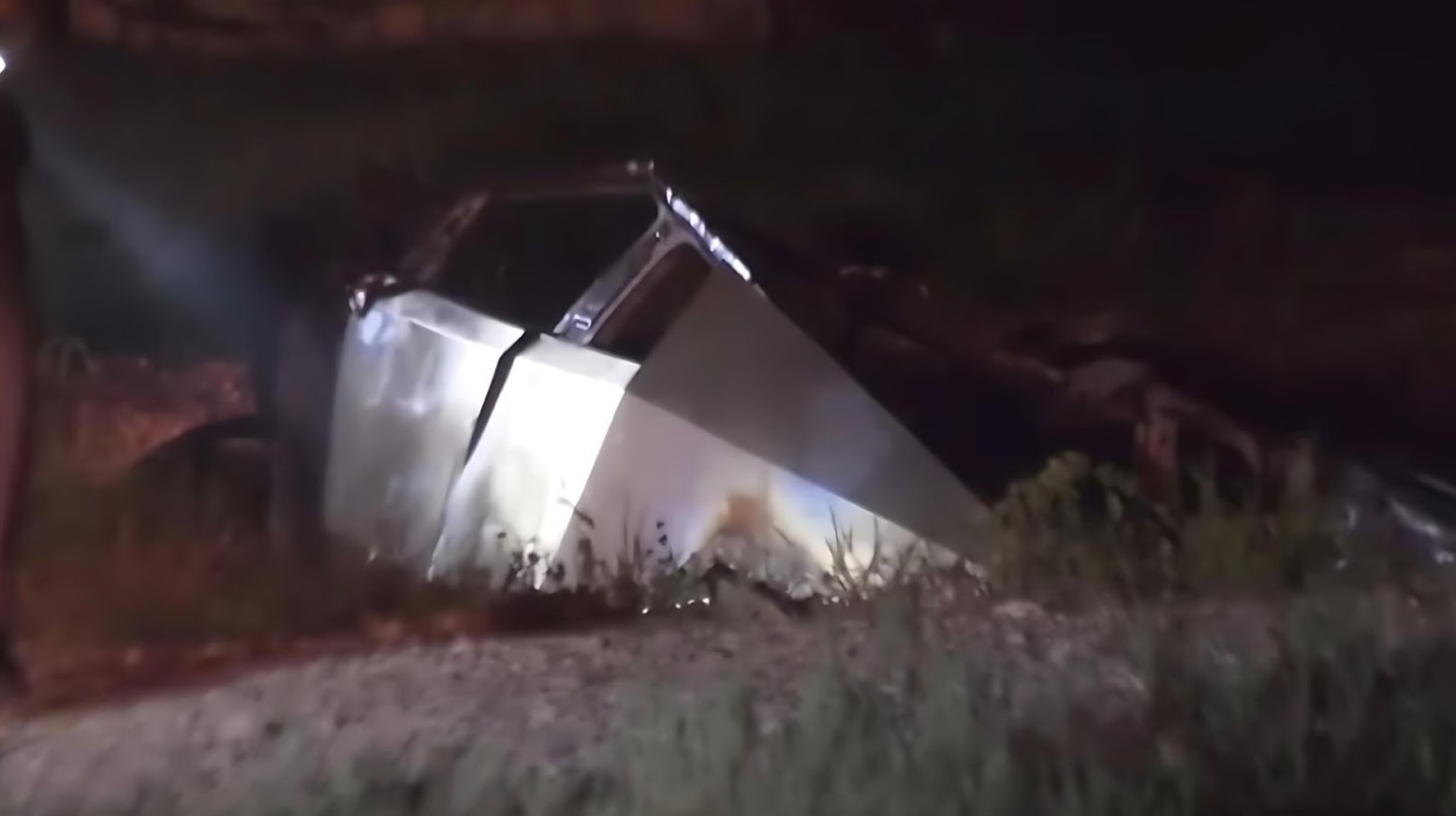
The fumes weren’t just toxic to the firefighters, as they could have caused further problems if they had used water to control the fire at higher temperatures. This is because the toxic chemicals would have stayed in the water.
Putting water on the fire could have created sulfuric acid and hydrochloric acid. If this water had run off the interstate to where surrounding wildlife live, they could have been exposed to these chemicals, which is dangerous for them.
Gas-Powered Vehicles Require Less Water

If a gas-powered vehicle is involved in a fire, it only tends to require 700 gallons of water until the fire is out. This is why many are questioning why electric vehicles require so much more water to help reduce the fire.
Even though electric vehicles are meant to be more environmentally friendly than gas-powered vehicles, the fires and toxic fumes they emit suggest they might not be as good for the environment as previously thought.
The Freeway Was Closed for Hours

The severity of the crash and fire was so bad that the freeway couldn’t be reopened until 7:20 p.m. the same day. This means that the freeway was closed for roughly 16 hours while firefighters battled the blaze and cleared up debris from the crash.
The battery was the main issue here, as it was burning until late into the afternoon. The firefighters couldn’t get anywhere near it due to fears of inhaling toxic fumes, so everyone had to wait it out.
The Fire Could Have Been Much Worse

The severity of the fire could have been much worse. As the truck crashed near some trees and bushes, the fire could have moved onto those and spread much further than it did.
Thankfully, the firefighters were able to contain the blaze to the shoulder of the interstate, so this didn’t happen. However, due to the severity of the fumes from the fire, it did look like this would be difficult at one point.
Tesla Semis Transport EV Batteries
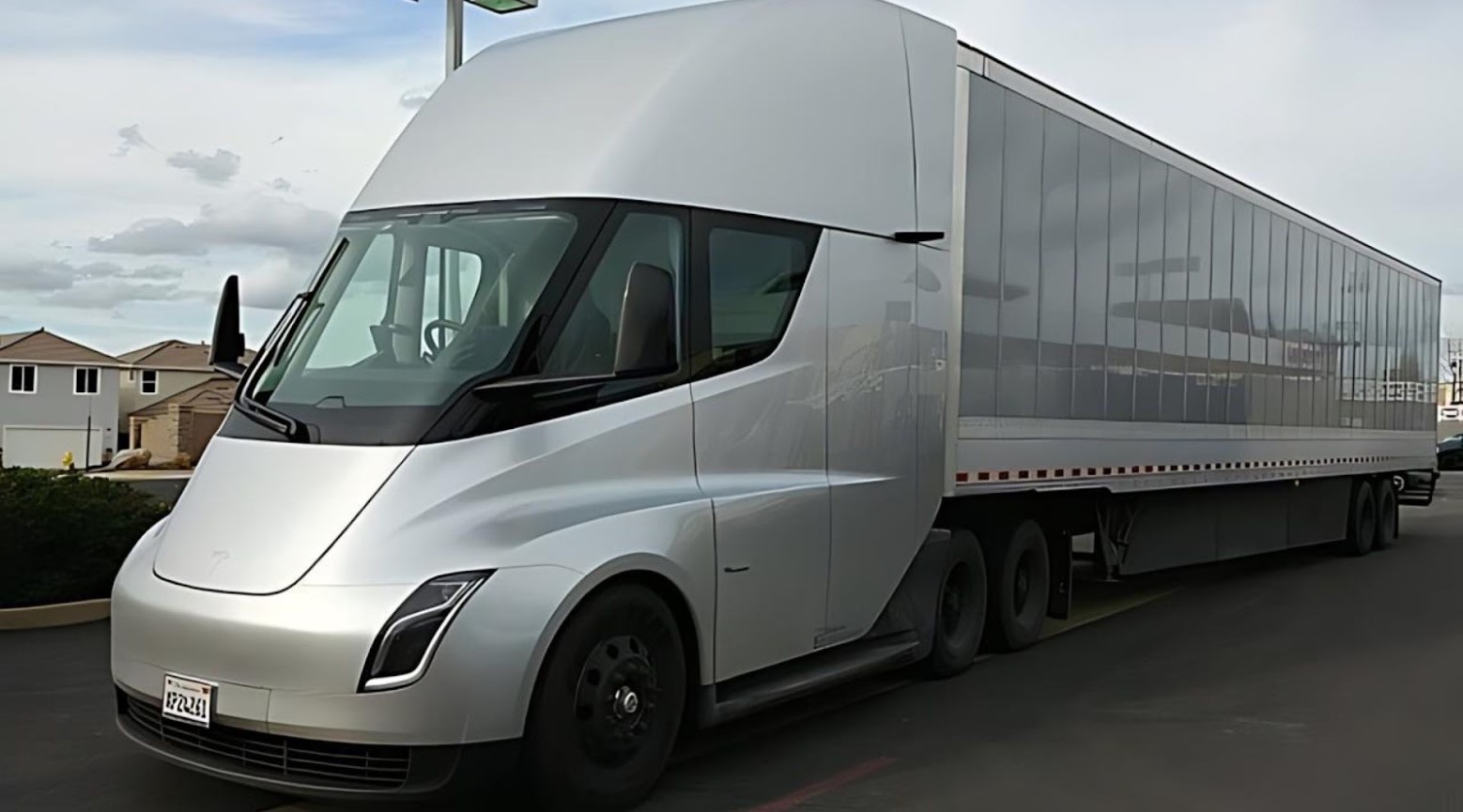
Tesla semis typically transport freshly-made EV batteries from the Gigafactory to its car manufacturing plant in Fremont, California. When reports of the fire first came in, there was a worry that these EV batteries had caught fire.
However, when firefighters got to the scene, they were somewhat happy to see that the driver had only been driving the truck’s cab and that a trailer wasn’t attached to it. Had the trailer been attached, the situation could have been much worse.
Investigations Are Ongoing
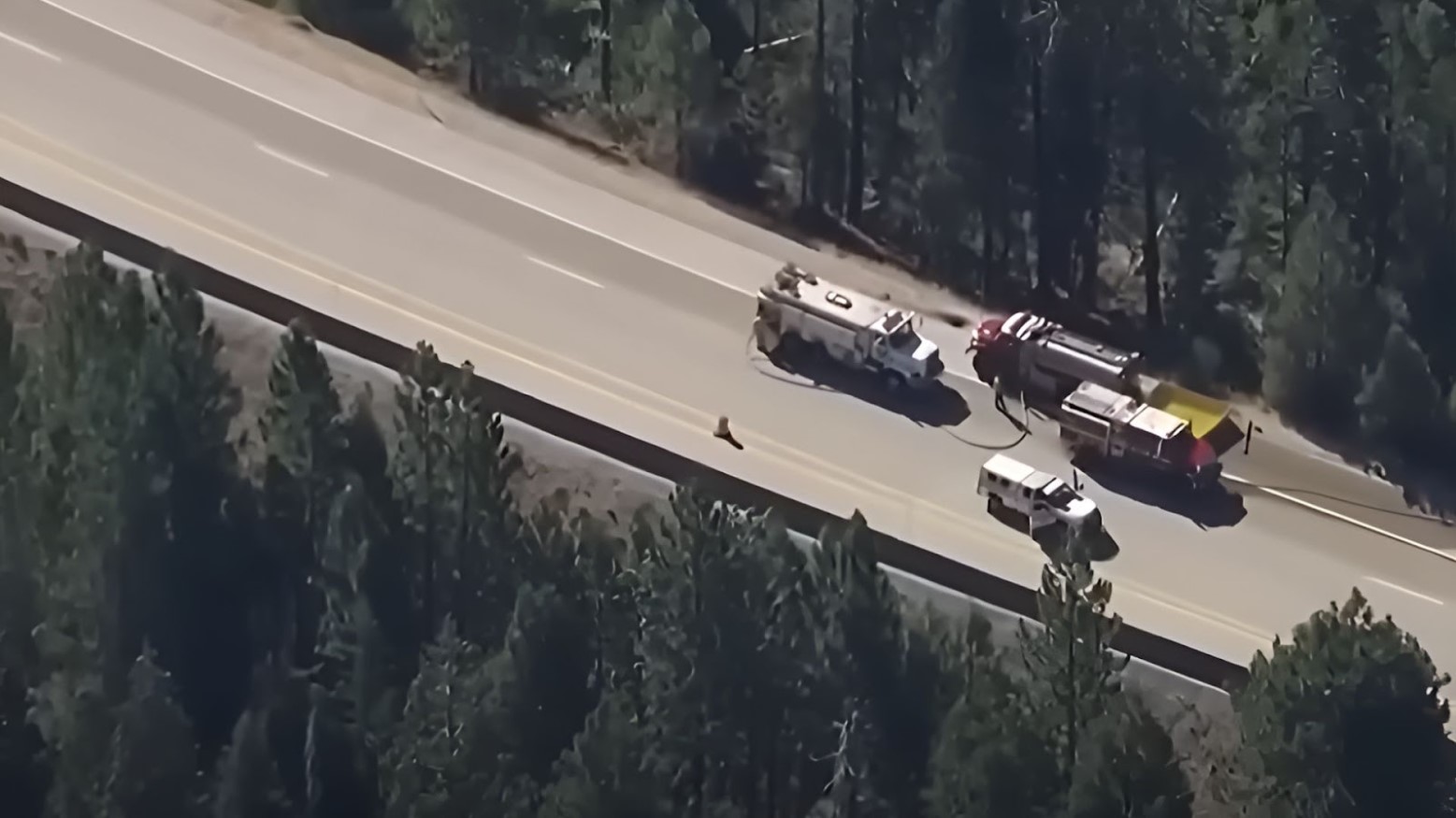
Due to the severity of the crash, investigations are ongoing to determine its cause. The U.S. National Transportation Safety Board has sent a team of investigators from the Office of Highway Safety to investigate it.
The leading reason for this investigation is to examine the fire risks presented by lithium-ion batteries to prevent the same thing from happening again. People were relatively lucky this time, but that doesn’t mean the same result will occur if this happens again.
A Similar Fire Happened Three Weeks Earlier
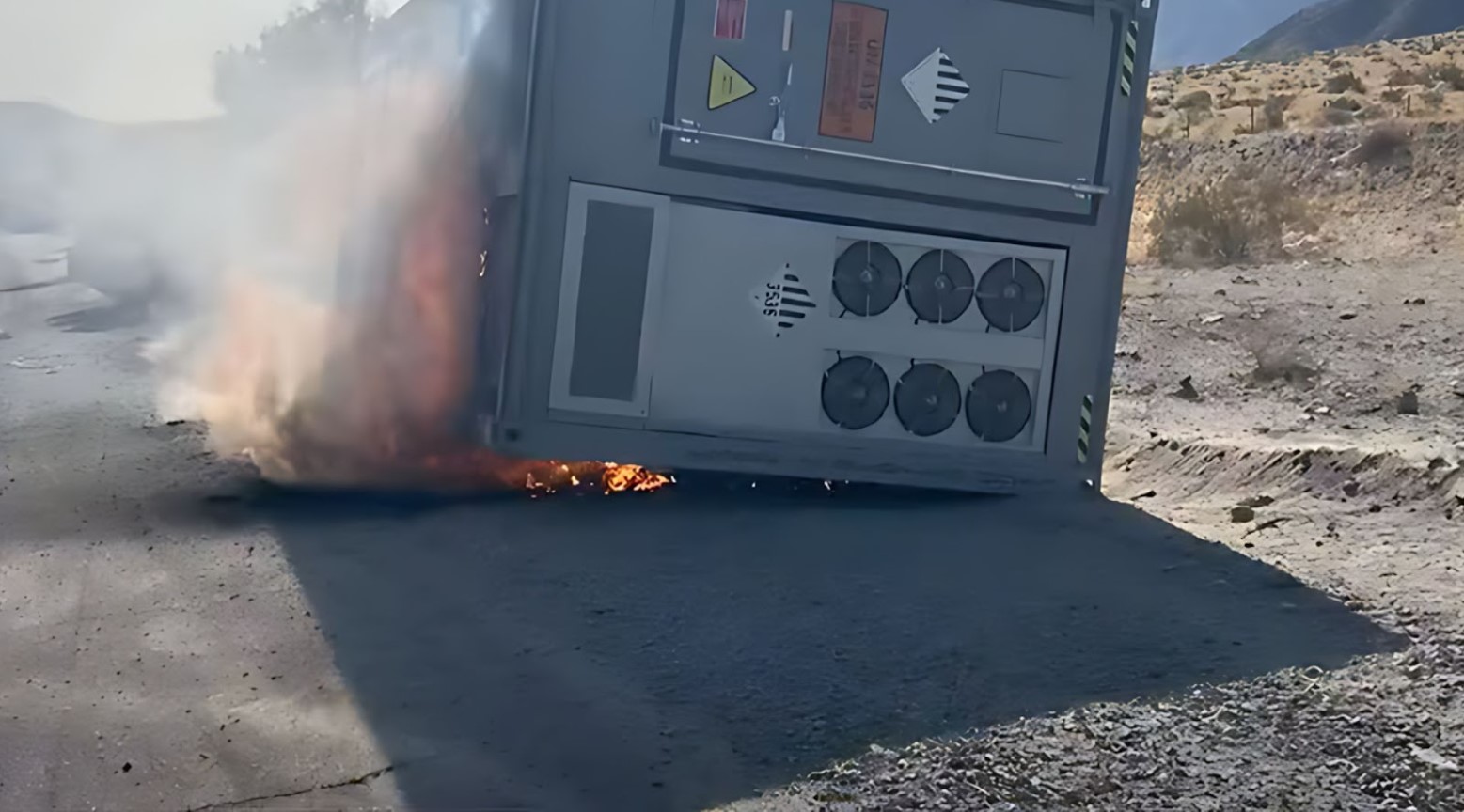
This particular fire happened just three weeks after another fire involving a lithium-ion battery. This fire was caused by a truck crash in San Bernardino County on the I-15 in Baker, California.
The fire shut down the freeway for two days while firefighters waited for it to burn itself out. They had attempted to push the battery into the desert, but that just caused it to reignite and burn at even hotter temperatures.
Better Guidelines Are Needed
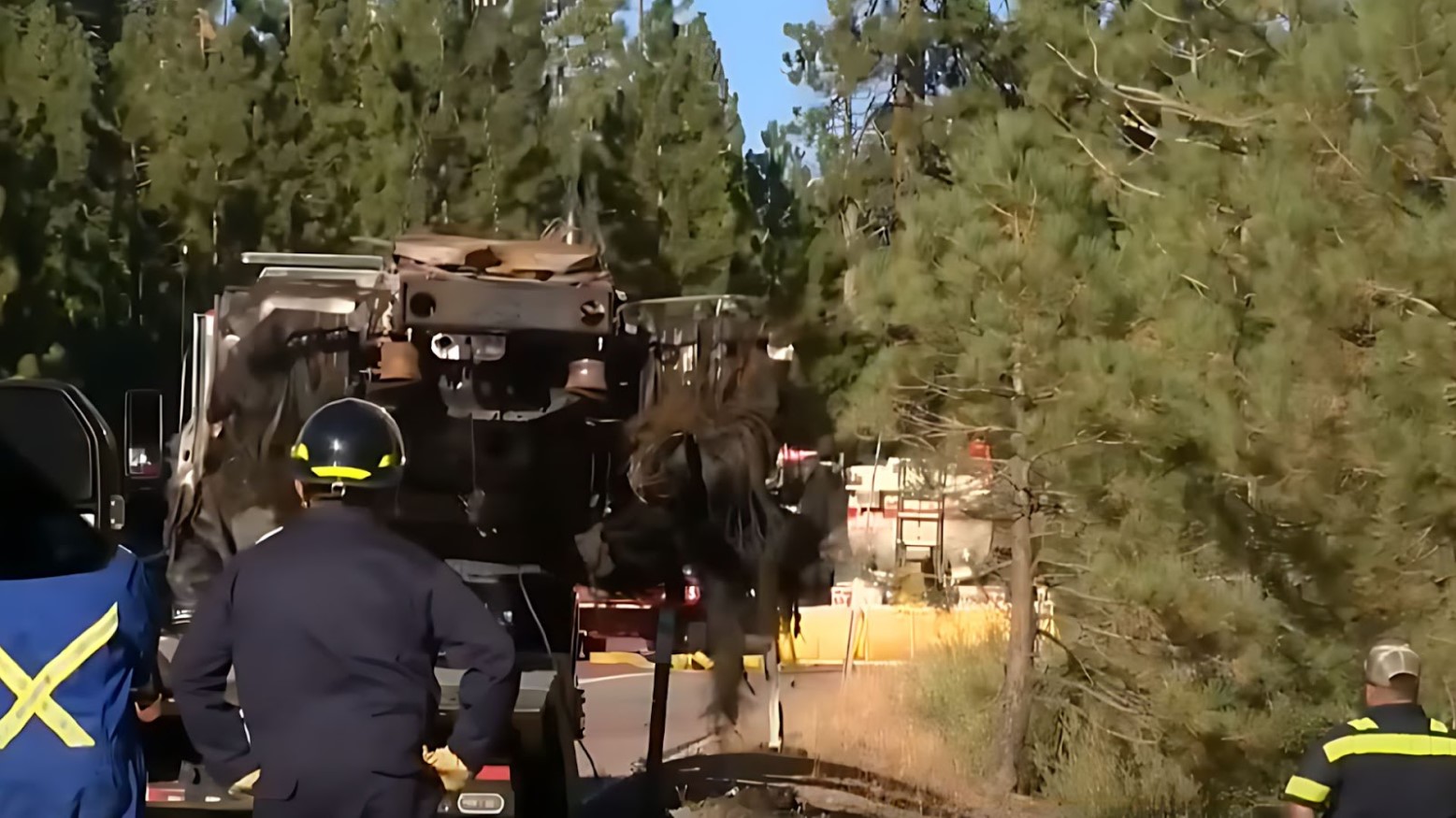
A 2021 investigation by the NTSB determined that manufacturers need to create better guidelines for first responders so that they know how to deal with high-voltage electric vehicle battery fires.
However, the agency doesn’t have any enforcement powers, so it can only make suggestions, and it is up to the manufacturers to decide whether to follow them or not.
Electric Vehicle Fires Are Difficult
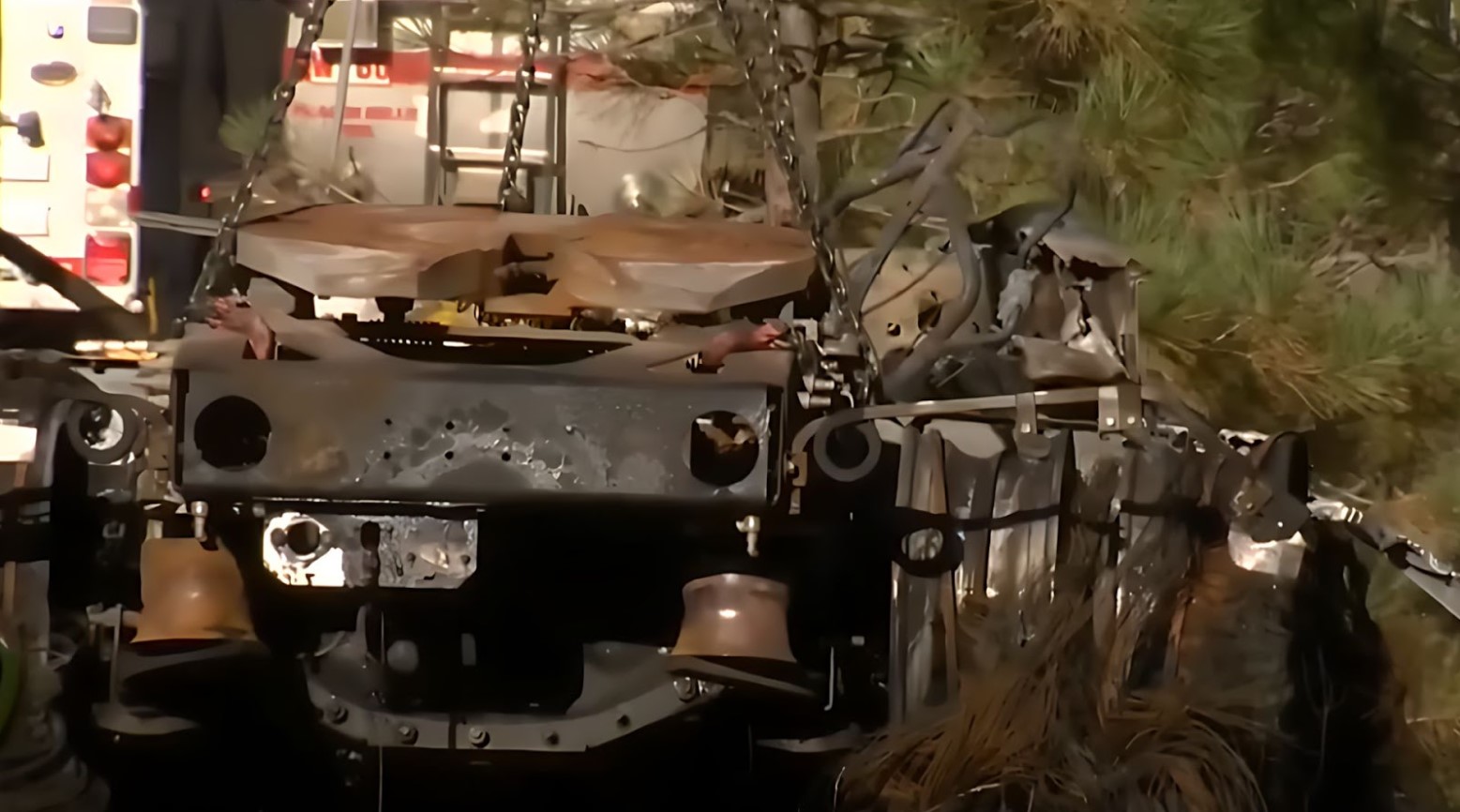
This isn’t the first time an electric vehicle has caught on fire, as firefighters have been called to deal with these kinds of incidents. One thing they have noticed from these is that the fires are difficult to put out.
This is because many resources are needed to extinguish the fire, especially as battery fires emit toxic fumes. It is hoped that these investigations will get to the bottom of this and that something can be done to prevent battery fires from occurring in this way again.
